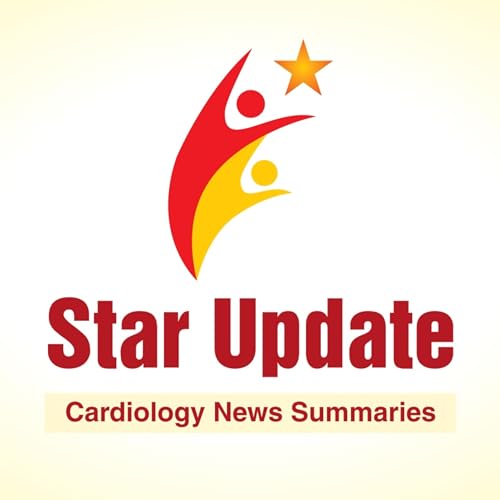Comparison between clopidogrel and ticagrelor in CYP2C19 loss-of-function alleles coronary artery disease andstroke patients: a meta-analysis
Eur J Clin Pharmacol. 2025 Sep;81(9):1241-1256.
Abstract
Background: It is suggested that in patientswith coronary artery diseases (CAD) and stroke, the use of ticagrelor and aspirin may perform better than clopidogrel and aspirin regarding the risk of thrombosis/embolism, including recurrent myocardial infarction (MI) andcardiovascular death, especially in those carrying CYP2C19 loss-of-function (LOF) alleles. Therefore, we conducted the present systematic review and meta-analysis to investigate the effect of clopidogrel and ticagrelor in coronaryartery diseases and stroke patients with CYP2C19 LOF alleles (poor metabolizers of clopidogrel).
Methods: We performed the current systematicreview and meta-analysis by searching for all eligible publications on PubMed, Web of Science, and Scopus from inception to November 2024. A search strategyemploying three primary keywords in conjunction with their corresponding Medical Subject Headings (MeSH) terms: "Ticagrelor" AND "Clopidogrel" AND"CYP2C19" (PROSPERO ID CRD420251050533). We implemented the odds ratio (OR) as an effect estimate for the dichotomous variables. The analysis was done at 95% confidence intervals (CI), and the p-value was significant if it was less than or equal to 0.05.
Results: Using clopidogrel was associated withan increased risk of thrombosis/embolism compared with ticagrelor, showing odds ratio = 1.78 (95%CI, 1.08,2.95; p = 0.02). Also, clopidogrel led to an increased risk of stroke, whether when used in stroke or coronary artery diseases patients with CYP2C19 LOF alleles, compared with ticagrelor, with an overall odds ratio = 1.43 (95%CI, 1.23, 1.66; p < 0.00001) and a higher rate of MI with odds ratio = 1.53 (95%CI, 1.22, 1.92; p = 0.0003). No significant difference was observed between the two groups (clopidogrel andticagrelor) in stroke or coronary artery diseases patients with odds ratio = 0.98 (95%CI, 0.79, 1.22; p = 0.87). Also, no significant difference was observed between bothgroups regarding the risk of minor bleeding in stroke or coronary artery diseases patients with odds ratio = 0.66 (95%CI, 0.42, 1.05; p = 0.08) and any types of bleeding (major or minor bleeding) with overall odds ratio = 0.81 (95%CI, 0.54, 1.21; p = 0.3) and I2 = 88%, p < 0.00001.
Conclusion: The meta-analysis of the selected articles indicated a preference for ticagrelor over clopidogrel in patients with stroke or coronary artery diseases possessing CYP2C19 LOF alleles. The reduced incidence of thrombosis/embolism and associated events, such as strokeand MI, was noted in individuals administered ticagrelor in comparison to those receiving clopidogrel. Bleeding remains a concern with ticagrelor; however, current studies indicate its safety since there are no significant changes in therisk of minor and major bleeding and ICH compared to clopidogrel.
Disclaimer:
Lupin makes no representation or warranty of any kind, expressed or implied, regarding the accuracy, adequacy, validity, reliability, availability, or completeness of any scientific information shared by the HCP on the STARUPDATE podcast. You should not allow the contents of this to substitute for your own medical judgment, which you should exercise in evaluating the information on this website.
 3 m
3 m 3 m
3 m 4 m
4 m 3 m
3 m 3 m
3 m 4 m
4 m 3 m
3 m 2 m
2 m
